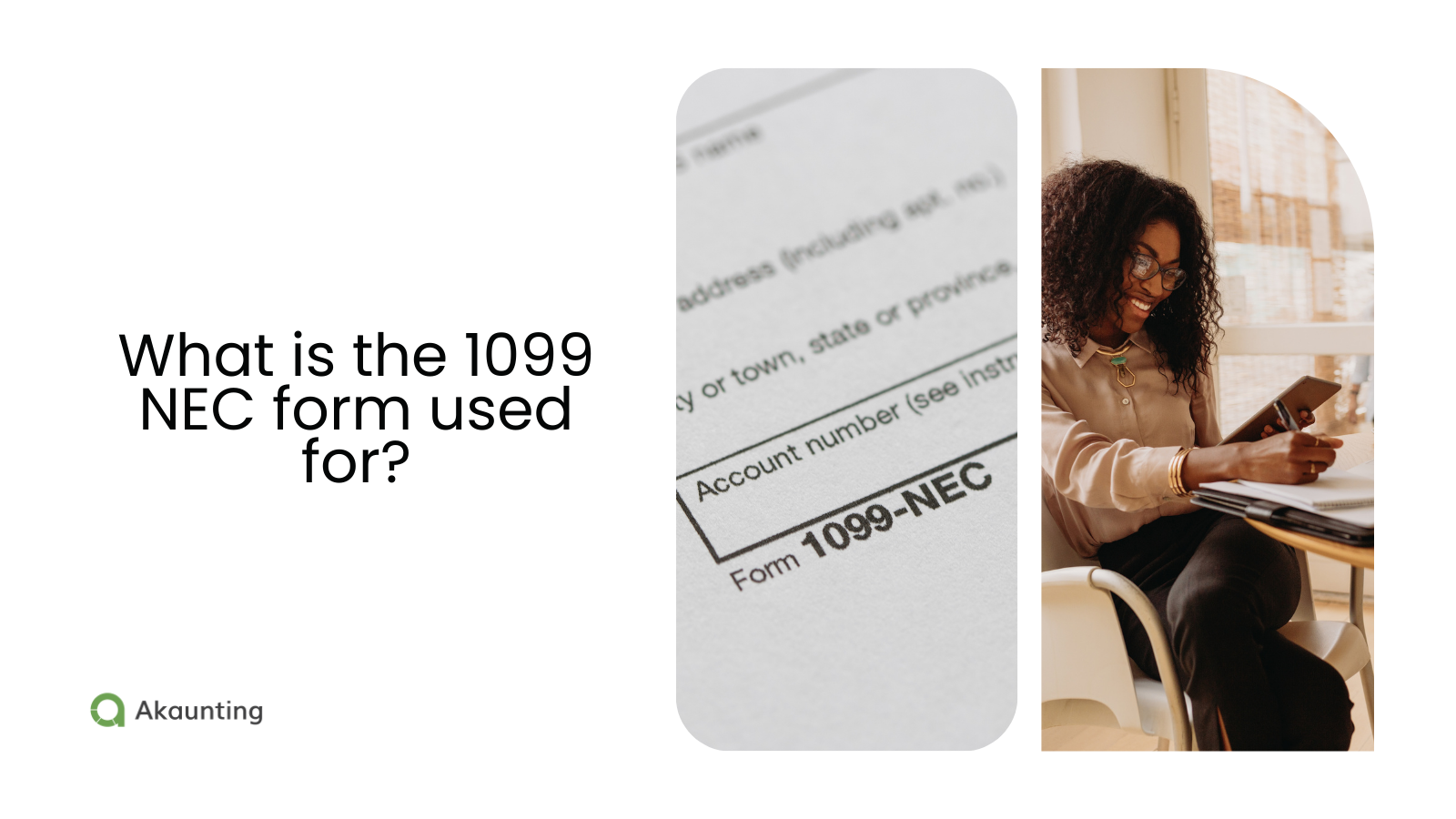What is Recurring Expenses?
Reading Time: 6 minutesMuch like The Walking Dead, recurring expenses can be a never-ending source of financial stress.
While they facilitate day-to-day business operations, if managed poorly, they could evolve into business zombies that keep coming back to life to hurt your company’s sustainability and financial growth.
In this blog post, we’ll answer the following questions:
- What is a recurring expense?
- What is a non-recurring expense?
- Their differences
- How to manage recurring expenses
- How to budget for non recurring expenses
Let’s get into the details.
What is recurring expenses?
These are ongoing costs that you encounter regularly. They are set, predictable, and can be budgeted for.
Recurring expenses include rent or mortgage payments, utilities, subscription services (streaming services or gym memberships), insurance premiums, and loan payments.
Assume you own an automobile that you use for business. You pay for petrol, insurance, maintenance, and parking every month. These are recurring expenses because they occur regularly and are required for the operation of your vehicle.
They are essential to small business finance since they significantly impact your budget and overall financial health.
Check out: Create and Manage Recurring Expenses on Akaunting
Examples of small business recurring expenses
Some examples are:
- Rent or lease payments
- Utilities (such as electricity, water, and gas regularly)
- Insurance (Business insurance, including general liability insurance and property insurance)
- Software and technology: For example, monthly fees for cloud-based software or subscription-based services.
- Salaries and wages
- Marketing and advertising
- Professional services (such as legal or accounting services)
Check out: How Do I Bill a Recurring Payment?
What is a non-recurring expense?
Think of a non-recurring expense as a unicorn – a magical creature that appears out of nowhere and disappears just as quickly.
Just like unicorns are rare and unique, non-recurring expenses are one-time expenses that don’t happen regularly. They can sometimes be called abnormal expenses unrelated to routine, day-to-day business operations.
While non-recurring expenses are unexpected, they can also be used to invest in your business or treat yourself to something unique.
As unicorns and non-recurring expenses are unlikely to occur regularly in your life, it’s always a good idea to have a plan for how you’ll deal with them when they do.
Examples of non-recurring expenses
Some examples are:
- Equipment purchases
- Office relocation
- Legal fees: If your business is involved in a legal dispute or needs to draft a new contract or agreement, you may incur one-time legal fees.
- Marketing campaigns for a product or service launch can be a non-recurring expense.
- Software or website development
- Regulatory or compliance costs
- Repairs or renovations
What is the difference between recurring and non-recurring expenses?
The primary distinction between recurring and non-recurring expenses is that the former is part of the ongoing costs of running a business. In contrast, the latter is frequently unexpected or unanticipated spending that can substantially impact a small business’s finances.
Other differences:
Recurring expenses are ongoing costs that occur regularly and are essential for the firm’s operation. Rent, salary, utilities, and so on are examples of recurrent expenses. Non-recurring expenses are uncommon costs incurred by your firm that do not come from routine business activities. Non-recurring expenses include, for example, legal fees, asset impairments, natural calamities, and so on.
Recurring expenses affect your company’s income by forming the basic operational costs that reduce the net revenue and operating income. Non-recurring expenses jeopardize the company’s income by reducing the net income and profitability.
Recurring expenses are reported as indirect costs on your company’s financial statements and are integrated into the income statement, balance sheet, and cash flow statement. Non-recurring expenses are stated individually on the income statement as unusual or one-time expenses in the company’s financial statements.
How to manage recurring expenses?
It is essential to manage these expenses since they are recurring charges you account for regularly. Here are some pointers for properly managing recurrent expenses:
Create a budget
Creating a budget is the first step in managing them. This will help you identify and plan your regular expenses.
Prioritize expenses
Once you’ve identified your recurrent expenses, rank them in order of significance to your business. This will allow you to concentrate on the most necessary expenses and guarantee you cover them.
Forecast cash flow
You need to forecast your cash flow. This lets you know when to pay your bills and ensure enough cash is available.
Looking for a finance job in Sweden? Understanding how to manage these expenses effectively is crucial.
Negotiate with vendors
Rent, utilities, insurance fees, and subscription services are all instances of regular expenses. These costs might consume a substantial percentage of your budget and impact your cash flow.
As a result, it is critical to manage them and seek strategies to reduce them effectively. One method is to bargain with your vendors or service providers for better rates or payment terms.
For example, if you pay in advance, sign a longer term, or bundle numerous services, you can request a discount. You can also request more flexible payment choices, such as splitting payments into smaller installments or deferring the due date.
Automate payments
Automating your reoccurring expenses can help your business. Using software or online tools to automate payments and set reminders, you can save time, reduce the risk of errors, and avoid late fees.
You can stay on top of your expenses and free up valuable resources to focus on growing your business.
Furthermore, many automation programs include extra capabilities like spending tracking and reporting, which can help you better manage your finances and make more informed decisions.
Monitor expenses
Regular monitoring can help you identify areas to cut costs or optimize spending. Keep track of your expenses and review them regularly to ensure you stay within your budget.
Check out: How to Write, Send Invoice, and Payment Reminders.
How to budget for non-recurring expenses?
Budgeting for these expenses can be tricky because they are usually unexpected or unplanned.
There are, however, some steps you can take to ensure that your company is prepared to handle these costs when they arise:
Identify non-recurring expenses
Examine your previous expenditures and financial records to determine what non-recurring expenses you may face throughout the year.
Examples include taxes, insurance premiums, car repairs, gifts, vacations, and other expenses. Estimate the cost of each expense and when it will occur.
Automate savings
Setting up a direct deposit or automatic transfer from your business account to a dedicated savings account is an excellent way to budget for non-recurring expenses.
You can set up automatic transfers through your bank’s platform or contact a salesperson. You can alter the size and frequency of the payments based on your expense projection over time.
Having a separate savings account for these expenses will allow you to stay on track with your budget and prevent dipping into other assets or resources when unexpected needs emerge.
Estimate the costs
It is critical to evaluate the prices of each future payment to determine how much money to set aside.
This phase is critical because it allows you to plan for unexpected or infrequent expenses that could strain your finances.
You can research and acquire information from vendors, suppliers, or service providers to estimate the costs of non-recurring expenses. You might also seek advice from industry experts or colleagues who have dealt with similar issues.
Divide your annual non-recurring expenses by 12
Determine how much money you must save monthly to pay your annual non-recurring expenses.
For example, if your non-recurring expenses total $3,000 for the year, you must save $250 per month ($3,000 / 12) to cover them.
Prioritize expenses
Assessing each expense’s relation to your business goals is critical.
This method will help you improve your spending by prioritizing the most valuable and strategic expenses.
To evaluate this, consider how each aligns with your business objectives and contributes to your overall success.
Ask yourself questions such as:
- Will this expense help us achieve our business goals?
- Is this expense necessary to maintain or improve our operations?
- Can we find a more cost-effective way to achieve the same outcome?
By answering the above questions, you can assess the importance and relevance of each expense and prioritize them accordingly.
Final thoughts
Recurring expenses are like persistent weeds in your financial garden that will continually grow after removing them.
However, with some planning, negotiation, and automation, you can keep them under control and avoid them from consuming your cash flow.
Remember that staying on top of your recurrent bills is critical to preserving your financial health and preventing unpleasant shocks to your business.
So wear your gardening gloves and prepare to manage those reoccurring expenses like a pro using Akaunting. Start here!
Frequently Asked Questions
What is one example of a recurring expense?
An example of a recurring expense is utilities (such as electricity, water, and gas regularly).
Is food a recurring expense?
Food is classified as a recurring expense because you must purchase it regularly to feed yourself and your family. It can also be a variable expense because your spending on it varies according to your needs and tastes.
What is recurring vs fixed expense?
Fixed expenses are those a company expects to incur on a regular basis, such as rent, payroll, utilities, insurance, and so on. Fixed expenses are recurrent expenses that do not change monthly and are required for the business to function.
Recurring expenses can be fixed (cost remains the same) or variable (the cost changes).
While both recurring and fixed expenses are predictable and can be planned for, the main difference lies in their variability. Recurring expenses can vary in amount based on usage or fluctuations in market rates, whereas fixed expenses remain constant over time.
Can recurring expenses be stopped?
Recurring expenses can be stopped or reduced. However, it depends on the cost and the conditions surrounding it. For example, the expense can be stopped if your company is paying for a regular subscription service that is no longer required or used. However, if the recurrent payment is for a vital service or item, the firm needs to function; it may not be viable to stop the expense.




